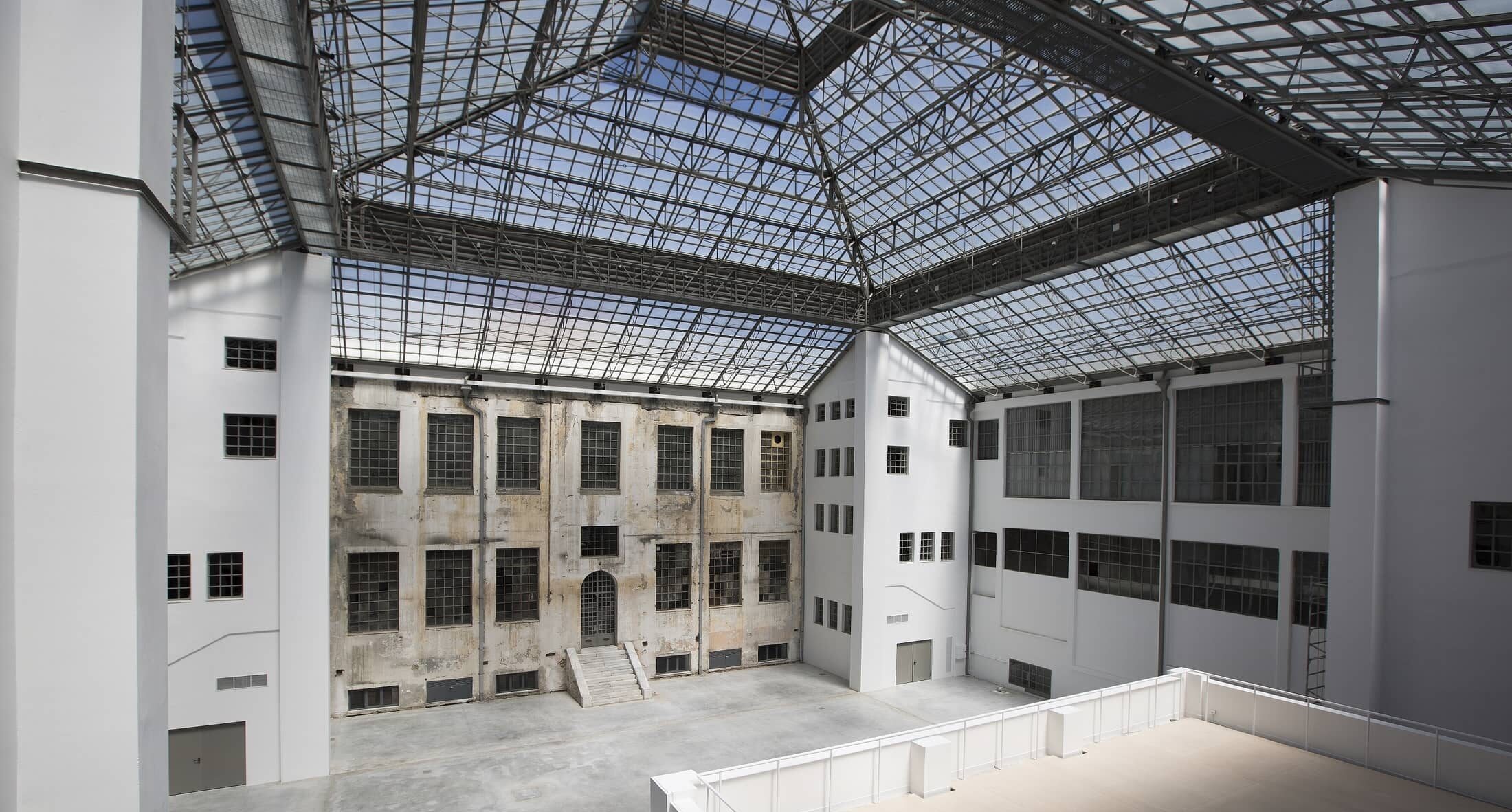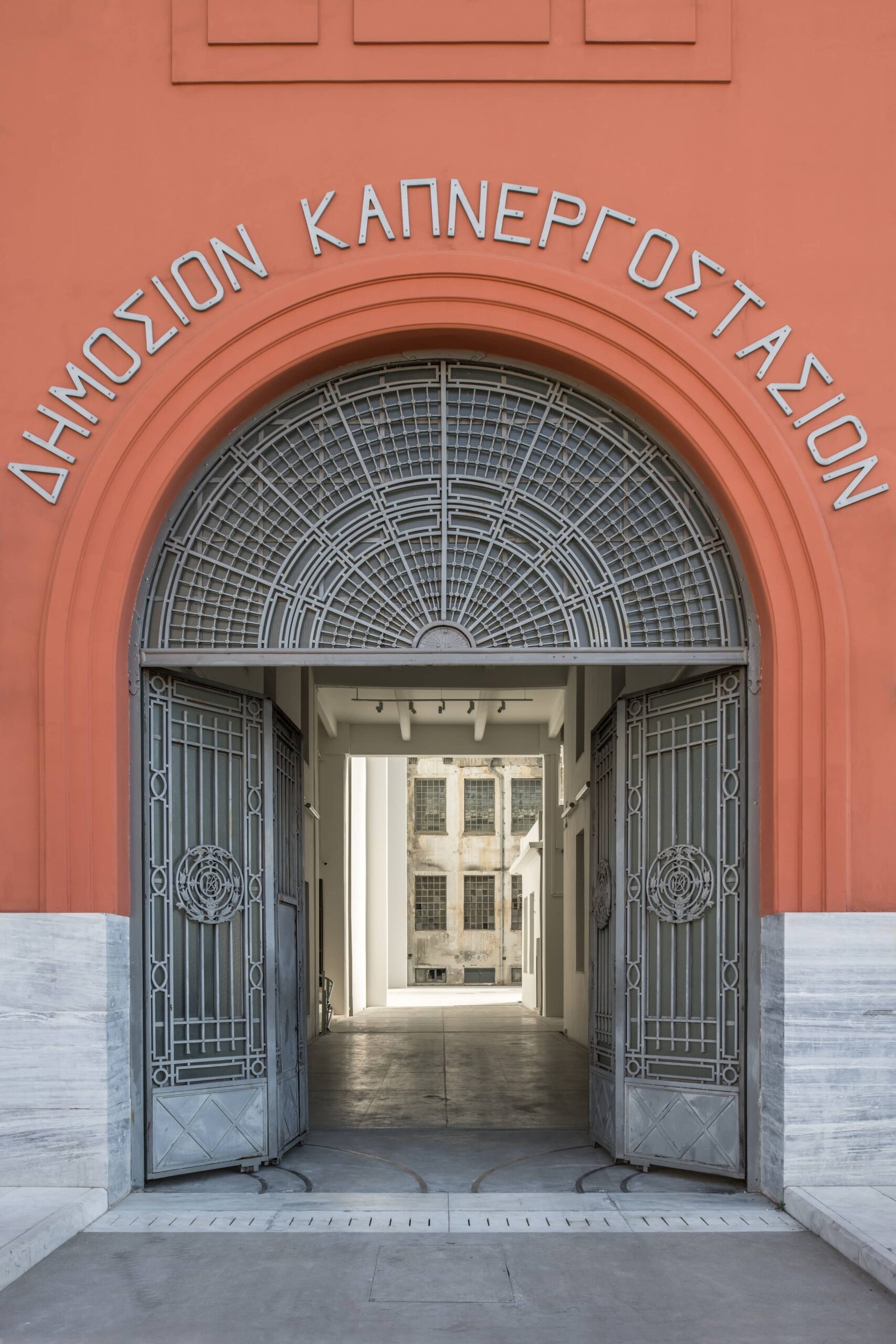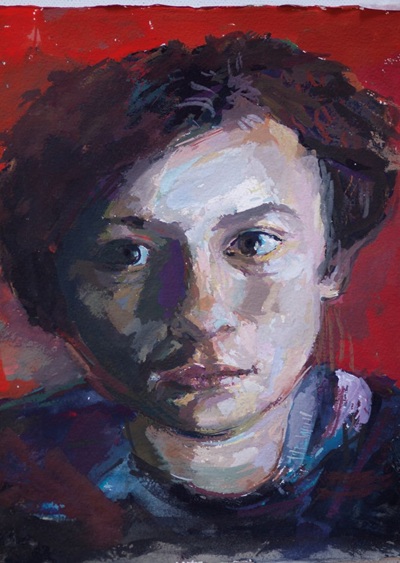
NEON has completed restoration and refurbishment work at the former Public Tobacco Factory – Hellenic Parliament Library and Printing House, Athens, which will host the Cultural Programme of Contemporary Art 2021 from 12 June to the end of December 2021.
NEON has completed restoration and refurbishment work at the former Public Tobacco Factory – Hellenic Parliament Library and Printing House, Athens, which will host the Cultural Programme of Contemporary Art 2021 from 12 June to the end of December 2021.
Financed by NEON, this ambitious building project aims to make part of the former Tobacco Factory stand out as a permanent contemporary cultural and social space – open to all – that functions as a dynamic hub for meeting and exchanging ideas.

Former Public Tobacco Factory – Hellenic Parliament Library & Printing House | Photograph © Giorgos Sfakianakis | Courtesy Hellenic Parliament & NEON
Of the building’s total area of 19,000m2, a significant portion is currently occupied by the Hellenic Parliament’s Library and Printing House. NEON undertook renovations of the adjacent ground floor north and north-west wings, the atrium and the former customs office building: a total area of 6,500m2 which had, until now, remained closed and unused.
Work was undertaken in the aforementioned parts of the building with the intention of giving them a ‘functional reboot’. Architectural studies and consultation reports on the building’s infrastructure were prepared in collaboration with the Directorate of Technical Services of Parliament and its affiliated departments. In addition to general construction work (including repairing masonry, floor coverings, and window and door frames; painting and furnishing), substantial work has been undertaken on the building’s critical infrastructure (rewiring; plumbing improvements; installing accessible lifts, a public WiFi network, security, air-conditioning and fire detection systems). In certain parts of the building this continued work begun in previous years.
The renovation cost of approximately 1.2 million euros was funded entirely by NEON and its founder Dimitris Daskalopoulos. The space remains under the management of the Hellenic Parliament for the hosting and organisation of cultural and social events.
According to Panagiotis Polychronopoulos, Mechanical Engineer NTUA, MBA and Head of Technical Services Directorate of the Hellenic Parliament, “During all these months, we worked in complete accord with NEON and its staff, to create a space which would contribute to the cultural promotion of the area. After the completion of the Cultural Programme of Contemporary Art 2021, all equipment and infrastructure will remain as a permanent donation to the building – and the spaces, in conjunction with the operation of sections of the Library of Parliament, will be utilised for similar future cultural and educational programmes and events. With the completion of the restoration, strengthening and arrangement works at the former Public Tobacco Factory, a contemporary Cultural Centre will be offered to the region and the public, with an emphasis on parliamentary activities and giving greater access to the Hellenic Parliament’s rich historical archives”.
According to Fanis Kafantaris, Architect NTUA and head of Architecture & Design at NEON, “This demanding undertaking reached completion through our constructive collaboration with the Technical Services of Parliament and a team of specialised professionals. Commencing with the purpose of presenting a temporary exhibition of contemporary art, we are proud to have contributed to the creation of a modern and fully-equipped exhibition space, in the heart of the city. Accessible, friendly, and open to all. A crucial consideration in our efforts was the inherent respect for the past of this architecturally – and historically-significant building – an ambassador of our domestic industrial heritage and the capital’s evolution”.
From 12 June until the end of December 2021 this new cultural hub will host the contemporary art exhibition Portals, organised by NEON and co-curated by Elina Kountouri, Director of NEON and Madeleine Grynsztejn, Pritzker Director, Museum of Contemporary Art Chicago. This exhibition is being held as part of the Cultural Programme of Contemporary Art 2021, resulting from the collaboration between the Hellenic Parliament and NEON for the anniversary year of 2021. Using the channel of contemporary artistic creation, Portals aims to highlight – on a national and international level – the momentum of democratic institutions as they tackle contemporary society’s challenges and realities.
The joint venture between these two organisations was announced by Mr Konstantinos Tasoulas, President of the Hellenic Parliament; Mr Dimitris Daskalopoulos, NEON’s Founder; and Elina Kountouri, Director of NEON, at an event in the Senate Hall of the Hellenic Parliament on 14 December 2020.
Tobacco Factory
The Lenorman Street Tobacco Factory, the second public tobacco factory in Athens, was built by the Greek State when the first, on Aristotelous Street, was deemed inadequate. It was designed by civil engineers Pavlos Athanasakis and Antonis Ligdopoulos with the building contract assigned to civil engineer N. Gavalas. Construction started in 1928 and was completed two years later. The building, with floor area of approx. 6,500m2 (and a total surface area of 19,000m2), is two-storeys high with a roughly square lower-ground floor measuring 84 x 87 m, covered with a glass roof. Four wings are arranged around the perimeter of the building, form a large interior courtyard of 1,000m2 with a glass roof whose metal frame was made by the Greek company B.I.Ο. The Athens Tobacco Factory was home to a range of tobacco-associated industries including tobacco cutting and packaging, and cigarette and cigar production, in addition to warehouse space, customs offices, workers’ restaurants and lodgings for the onsite security guards. At times sections of the building were used as a prison and a refugee shelter and, during the second half of the 20th century, for the offices of the Court of Auditors, the Presidency of the Government and the Ministry of Finance.
In 1989 the Lenorman Tobacco Factory, together with its mechanical equipment, was listed by the Ministry of Culture as a site for historical preservation. From the early 1990s, parts of its premises were ceded to the Hellenic Parliament for its publication departments and library, then in 2000, by official act of the Hellenic Public Real Estate Corporation, the Hellenic Parliament to over responsibility for the whole building. Restoration of its exterior facades was completed by 2008, and of the atrium’s metal-framed roof in 2016. Today, the building houses the Parliament’s Directorate of Publications and Printouts, the Department of City Library and Library Systems Management, the Department of Preservation of Printed Materials and Works of Art as well as, temporarily, the Department of the Benaki Library and Collections of Political Figures of the Library Directorate of Parliament. With most of its collections now stored in this emblematic industrial building, the Parliament Library hopes to reposition itself as the cultural nucleus for the local community and greater region, with open reading rooms and daily outreach activities.








Leave A Comment